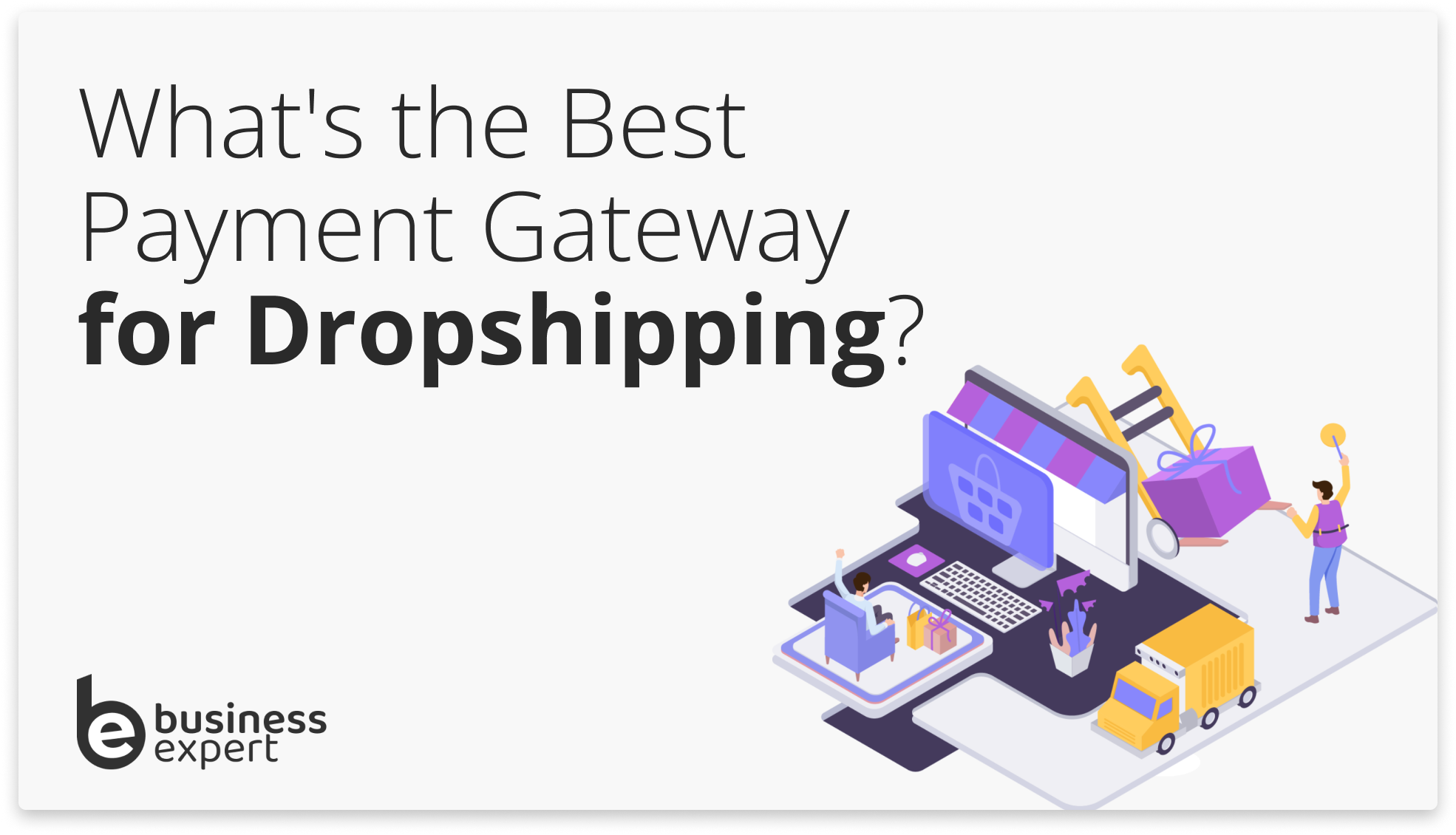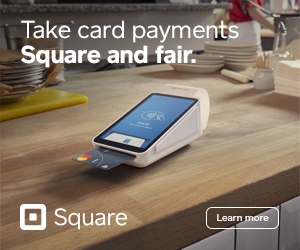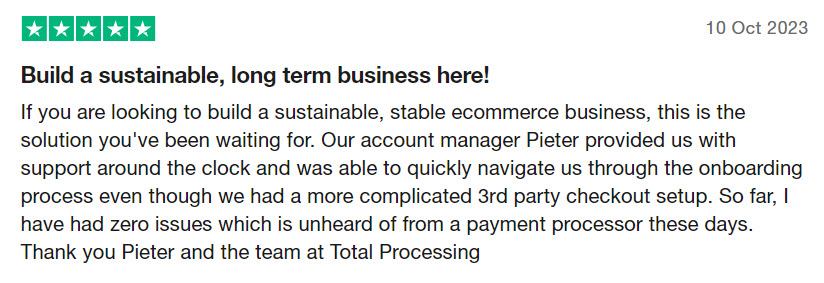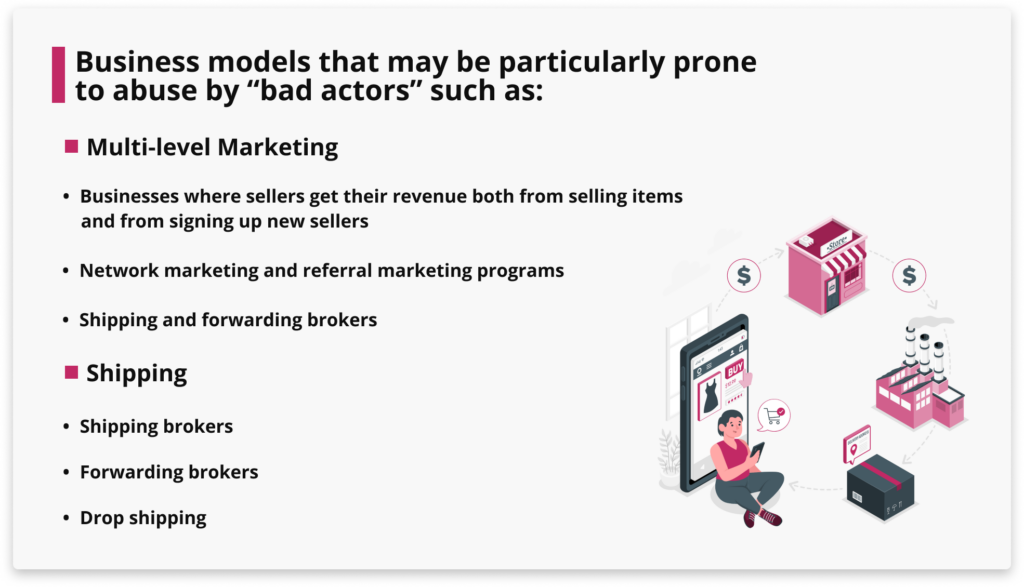Dropshipping has taken the e-commerce world by storm, offering a smart way to sell products without the hassle of stockpiling inventory. But here’s the catch: finding a payment gateway that meshes well with this model can be tricky.
Most payment processors see dropshipping as a bit of a gamble due to its high-risk tag, and that’s a real pain point for online sellers. In this article, we’re going to cut through the confusion and show you how to pick a payment gateway that really works for your dropshipping business.


How Do Dropshipping Payments Work?
Dropshipping payments work through the following steps:
- Customer Purchase: A customer buys a product on a dropshipping store’s website and pays through an integrated payment gateway.
- Payment Processing: The payment gateway securely processes the payment and transfers the funds to the dropshipper’s account, usually involving transaction fees.
- Order Forwarding to Supplier: The dropshipper sends the order details and payment for the product (at a wholesale price) to their supplier.
- Supplier Ships Product: The supplier ships the item directly to the customer. The dropshipper provides the customer with shipping and tracking details.
- Profit Calculation: The dropshipper’s profit is the difference between what the customer paid and what the dropshipper paid the supplier, minus any additional expenses.
- Handling Refunds and Returns: In cases of returns or refunds, the dropshipper manages the process, refunding the customer and coordinating with the supplier if needed.
Choosing reliable payment gateways that align with the dropshipping business model is crucial for smooth transactions.

Which Payment Gateway to use for Dropshipping?
According to our research, the more reliable payment gateway for dropshipping is Total Processing, though you’ll need to have a turnover of 500k p.a. to qualify.
There are also a range of mainstream providers you can use, depending on your business niche, but it’s worth understanding that many may not accept dropshipping in the long term. Payment processors, such as Stripe, or Shopify Payments initially onboard clients with minimal due diligence. This can make the setup process quick and straightforward. However, this initial ease of setup doesn’t always mean long-term stability.
As your business grows and reaches a certain turnover level, payment processors will typically conduct their standard Know Your Customer (KYC) procedures. This is where they closely examine your business model and operations. If, during this process, they discover you’re involved in dropshipping, they may change their mind.
For dropshipping businesses, this can be a significant issue. If the payment processor decides that dropshipping is outside their risk appetite, they may terminate their services. Often, the notice period for termination can be as short as two weeks, which can leave your business in a precarious situation.
In addition, Stripe will also freeze your account and hold any undeposited funds for the six month period a customer can charge-back, thereafter releasing the funds to you IF you otherwise did nothing illegal in your jurisdiction.
To avoid such disruptions, it’s advisable to choose payment processors known for their friendly stance towards dropshipping. Processors like Total Processing, which specialize in high-risk accounts, can be more accommodating. They understand the unique challenges of dropshipping and are more likely to offer stable, long-term support for your business.
Top Payment Gateways for Dropshipping
Total Processing
Total Processing is our recommended choice for dropshipping businesses seeking a payment gateway, especially those looking for a tailored approach to high-risk sectors. If you’re business turns over at least 500k, they will likely offer you the best rates on the market, according to our research, and with a huge amount of additional value thrown in.
Known for flexibility and customisable payment solutions, Total Processing stands out for its ability to work closely with each business, understanding the specific challenges of dropshipping. They offer competitive fees, robust fraud prevention tools, and excellent customer support, making it an ideal choice for those who need a reliable, scalable gateway that grows with their business.

Stripe
As one of the biggest payment processors in the world, Stripe is commonly cited as the a good way for dropshippers to process transactions. However, they are very cautious about this, so you’ll need to do your due diligence. In fact, they actively mention dropshipping in their terms and conditions as a ‘business models that may be particularly prone to abuse by ‘bad actors’.
Most dropshippers will actually start with Stripe and then, at a certain, point, find they need to move elsewhere.
If they’ll accept you, Stripe offers several advantages for dropshippers, including a wide range of payment options, support for over 135 currencies, advanced fraud protection using machine learning, transparent pricing, 24/7 customer support, and automatic fund transfers to bank accounts. However,their charges fo disputed payments or chargebacks can be costly.
Shopify Payments
Shopify has massive market share in the ecommerce sector you’ll need to be careful about using their native Shopify Payments to process transactions.
Shopify Payments has a list of specifically prohibited sectors, impacting a wide range of popular dropshipping categories. This includes items like alcohol, beauty and cosmetics, automotive products, electronics, and more. This limitation means that if your dropshipping store falls into any of these categories, Shopify Payments won’t be an option for you.
The good news is, having a Shopify store doesn’t tie you to using Shopify Payments. If you find yourself in one of these prohibited sectors, you can still run your store on Shopify; you’ll just need to integrate an alternative payment processor that supports your specific niche. This is where options like Total Processing become invaluable. They offer the flexibility and high-risk account support that many dropshippers need, ensuring that your payment processing is as smooth and hassle-free as your Shopify store setup.
Square
Square is a popular payment gateway that stands out for its user-friendly approach, making it a great choice for dropshippers, especially those just starting out. Getting set up with Square is straightforward and doesn’t require extensive technical know-how, which means you can start accepting payments quickly.
The sign-up process is simple and efficient, and you don’t need a lot of paperwork to get started. This ease of onboarding makes Square an attractive option for new dropshippers who want to focus more on growing their business and less on complicated setup procedures.
However, it’s important to note that as your business grows and your transaction volume increases, Square, like most major payment processors, may review your account more closely. At higher volumes, they might request more details about your business model. This is a standard practice in the payment industry to ensure compliance and transparency.
Authorize.Net
Authorize.Net is known for its reliability and extensive feature set, which includes advanced fraud detection and a range of customization options. It’s a great fit for dropshippers who are looking for a gateway with a long-standing reputation for security and efficiency. While it might require a bit more technical know-how to set up, its support and robust infrastructure make it worth considering.
Worldpay
WorldPay is a global leader in payment processing, offering a wide range of payment options and currency support. It’s particularly well-suited for dropshipping businesses that have a significant international customer base. WorldPay’s experience in handling high-risk accounts, coupled with its comprehensive fraud protection services, makes it a strong contender for dropshippers looking for a reliable and versatile payment gateway.
Paypal
PayPal is often used by dropshippers, especially in the early days. It provides many features useful for these businesses, but it’s important to be aware of its policies to prevent issues like account limitations or bans.
PayPal values a reputation for safety and ease of use. They want buyers to feel comfortable using PayPal, especially in preventing fraudulent transactions. However, some dropshipping stores face challenges with PayPal due to issues like long delivery times, poor product quality, or inadequate customer service. These problems can lead to customer disputes and PayPal scrutinizing the store more closely.
To minimize the risk of getting banned by PayPal while dropshipping, it’s essential to have your business properly registered, provide accurate legal documentation, maintain excellent communication with your customers, and upload real tracking numbers for orders. This approach shows PayPal that you’re a legitimate business and committed to providing a good customer experience.
Choosing a business account over a personal one is also advised when setting up your PayPal account. A business account allows you to submit your business’s legal documents, showing PayPal you’re a serious seller. This can reduce the chances of getting banned.
Providing real tracking numbers for orders is crucial. It gives proof of shipment, reassures customers about their order’s status, and is helpful in winning disputes. Keeping in close contact with customers, especially about shipping updates, can greatly reduce disputes.
If you do face a dispute, responding quickly and efficiently with all necessary information, including tracking details, can help resolve the issue in your favour.
Why is Dropshipping Considered High-Risk by Payment Processors?

So why is dropshipping often labeled as ‘high-risk’ in the payment processing world?
First up, chargebacks. They’re a bigger deal in dropshipping. When customers aren’t happy with a product (maybe it took too long to arrive or it wasn’t what they expected), they’re quick to hit the refund button. And let’s be honest, since dropshippers rely on third-party suppliers, things can go wrong that are out of their control.
Then there’s fraud. In an industry where you never see or handle the products you’re selling, the risk of fraudulent activities climbs. Whether it’s dodgy transactions or issues with suppliers, these red flags make payment gateways wary.
And don’t forget about supplier reliability. If your supplier messes up, it’s your reputation on the line. Delays, quality issues, you name it – all these can lead to customer complaints and, you guessed it, more chargebacks.
So, what does all this mean? It’s simple: payment gateways are cautious about working with dropshippers because these risks can lead to financial losses and headaches.
Criteria for Choosing a Payment Gateway for Dropshipping
Selecting the right payment gateway for your dropshipping business is more than just a technical necessity; it’s a crucial decision that impacts your customer experience and your business’s reliability. Here are key factors to consider:
- Transaction Fees: Understand the fee structure. High fees can eat into your margins, especially important in dropshipping where profit margins can be tight.
- Security Measures: Customers trust you with their payment details. Ensure the gateway has robust security protocols to protect sensitive information and reduce the risk of fraud.
- International Payment Support: Dropshipping often involves a global customer base. Look for a gateway that supports multiple currencies and payment methods popular in your key markets.
- Ease of Integration: The gateway should integrate seamlessly with your e-commerce platform. A smooth, hassle-free integration means less downtime and a better user experience.
- Experience with High-Risk Accounts: Some gateways specialize in high-risk businesses. They’re more understanding of the challenges and can offer tailored solutions.
- Reputation and Reliability: A gateway’s reputation for uptime and customer support is vital. Downtime means lost sales, and good customer support can be a lifesaver in tricky situations.
- Chargeback Policies and Support: Given the higher risk of chargebacks in dropshipping, find out how the gateway handles them. Do they offer support to contest chargebacks?
- Scalability: As your business grows, your payment needs will evolve. Choose a gateway that can scale with your business, offering more features and capacity as you expand.
FAQs about Dropshipping Payment Gateways
Are dropshippers considered high-risk by payment processors?
Yes, dropshippers are often considered high-risk by payment processors. This categorization is due to factors like higher chargeback rates, potential for fraud, longer shipping times, and issues with product quality. Payment processors scrutinize dropshipping businesses more closely to mitigate these risks.
How can I reduce the risk of chargebacks in my dropshipping business?
To reduce chargebacks, provide clear product descriptions, ensure reliable shipping, offer excellent customer service, use fraud detection tools, and keep thorough records of transactions and communications with customers.
How can dropshippers effectively manage multiple payment gateways, and what are the benefits and challenges of this approach?
Managing multiple payment gateways involves integrating each gateway with the dropshipping platform and ensuring seamless transaction flow across different systems. The benefits include redundancy (avoiding downtime if one gateway fails), appealing to a broader customer base with varied payment preferences, and potentially negotiating better rates. However, challenges include increased complexity in reconciliation, potential for inconsistent customer experience, and the need for more robust fraud management across multiple platforms.
What specific features should dropshippers look for in payment gateways to handle high-volume transactions during peak seasons?
Dropshippers should seek payment gateways with scalable infrastructure capable of handling surges in transaction volumes, especially during peak seasons like holidays. Features such as high uptime guarantees, real-time processing capabilities, and the ability to quickly increase transaction limits are crucial. Additionally, gateways offering dynamic fraud screening that adjusts to changing transaction patterns can be beneficial in managing the increased risk associated with high-volume periods.

